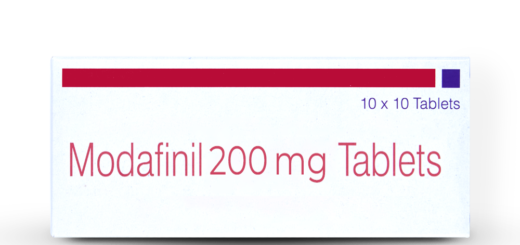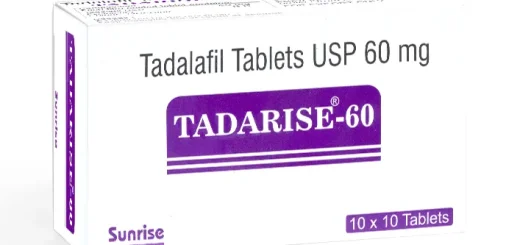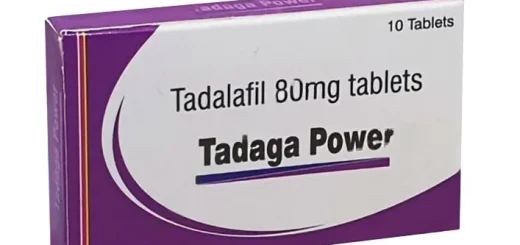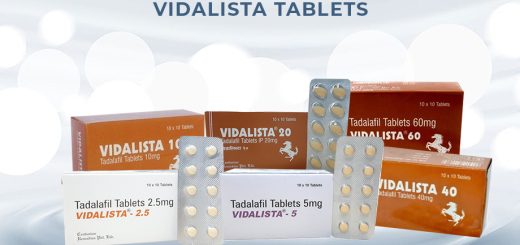Armodafinil or Modafinil: Which Is Better for Managing Narcolepsy
Armodafinil and modafinil are classified as eugeroics, which are drugs specifically developed to enhance alertness in those suffering from sleep disorders like narcolepsy. They function by modulating dopamine levels in the brain.
Armodafinil is the isolated R-enantiomer of modafinil, which may provide a longer-lasting therapeutic effect. Both drugs are frequently recommended to treat various illnesses. They are characterized by an excessive amount of drowsiness during the day, offering crucial assistance to patients who need to be more awake and alert throughout the day.
Differences between Armodafinil and Modafinil
- Unlike armodafinil, which is only the active form, modafinil is a racemic mixture of both R- and S-enantiomers.
- Although modafinil has a half-life of 12 to 15 hours, armodafinil’s is about 15 hours, which could mean that you are awake for longer amounts of time.
- Patients usually take both medicines once a day, in the morning, as advised.
- The Food and Drug Administration (FDA) has approved both armodafinil and modafinil to treat narcolepsy, shift work sleep disorder, and obstructive sleep apnea.
- Personal response, which can be different for each drug, can affect how well medicines work and what side effects they cause.
- People may choose modafinil when a lower effect duration is sufficient, but armodafinil is sometimes preferred because it is thought to have smoother and longer-lasting effects.
Effectiveness for Managing Narcolepsy
Both armodafinil and modafinil are good at helping people with narcolepsy, a long-term brain disorder that makes them sleep too much during the day. The chemicals in these things are eugeroics, which wake you up. Armodafinil is thought to have a longer-lasting effect than modafinil because its half-life is about 15 hours instead of 12 to 15 hours. What both medicines do is raise the amount of dopamine in the brain. It keeps people awake and stops them from sleeping too much during the day. Is it provigil or armodafinil? The person’s treatment goals, how well they can handle the drug, and how they react are generally what determine the choice. Narcolepsy patients may be given different medicines based on how long the effects last and if the person has any other health issues.
Side Effects and Safety Profile
-
Common Side Effects
Both armodafinil and modafinil can cause headaches, nausea, jitters, and difficulty sleeping.
-
Less Common Side Effects
Some bad effects that might happen are dizziness, dry mouth, and stomach problems.
-
Serious Side Effects
Severe rashes, allergic reactions, and mental health issues like anxiety or sadness are some of the rare but serious side effects that may happen.
-
Safety Considerations
Doctors and nurses watch for possible reactions between this drug and other medicines and health problems that may already be present.
-
Patient Education
Patients should be told how important it is to take their medications exactly as recommended and to tell their doctors right away if they notice any strange symptoms.
Conclusion and Recommendation
Lastly, both armodafinil and modafinil are good choices for controlling narcolepsy because they help people who are too sleepy during the day. Each patient’s tolerance, response to treatment, and specific needs regarding the length of time awake should guide the decision between these medications. Therapists and doctors should talk to patients about possible side effects and watch for any bad behaviors to make sure the drug is used safely and effectively. Follow-up visits must be made on a regular basis so that the treatment can be evaluated and doses revised as needed. Overall, a teamwork approach between narcolepsy patients and healthcare providers helps handle symptoms better while putting the patient’s safety and quality of life first.












